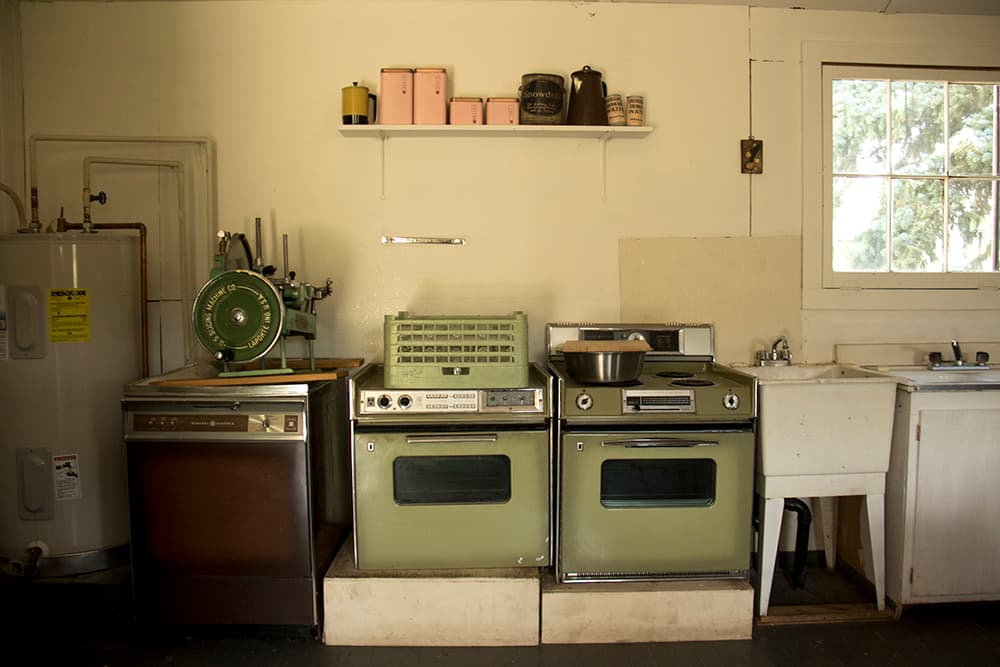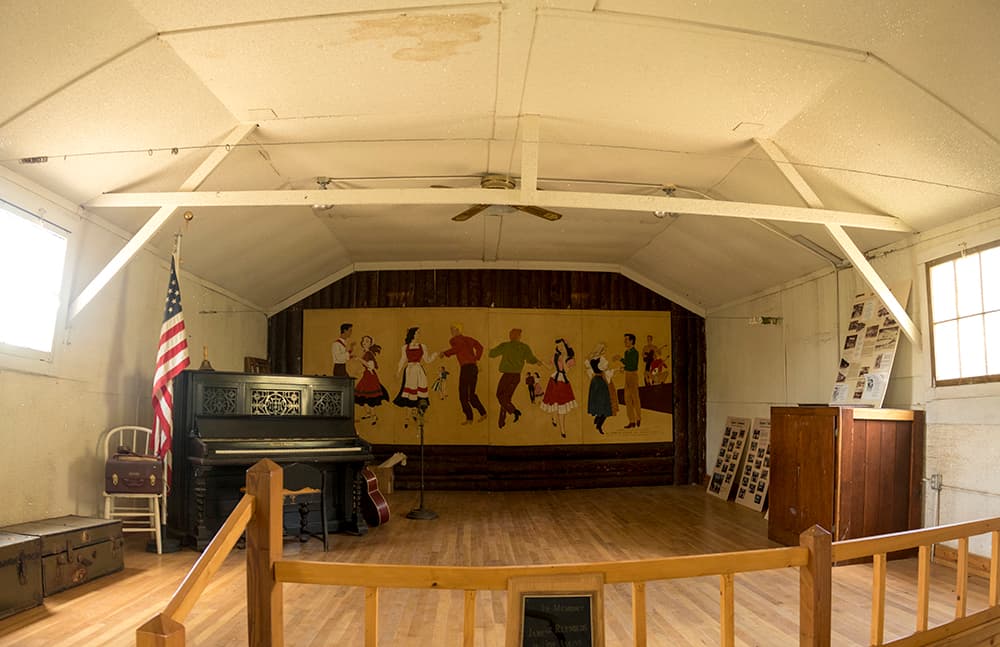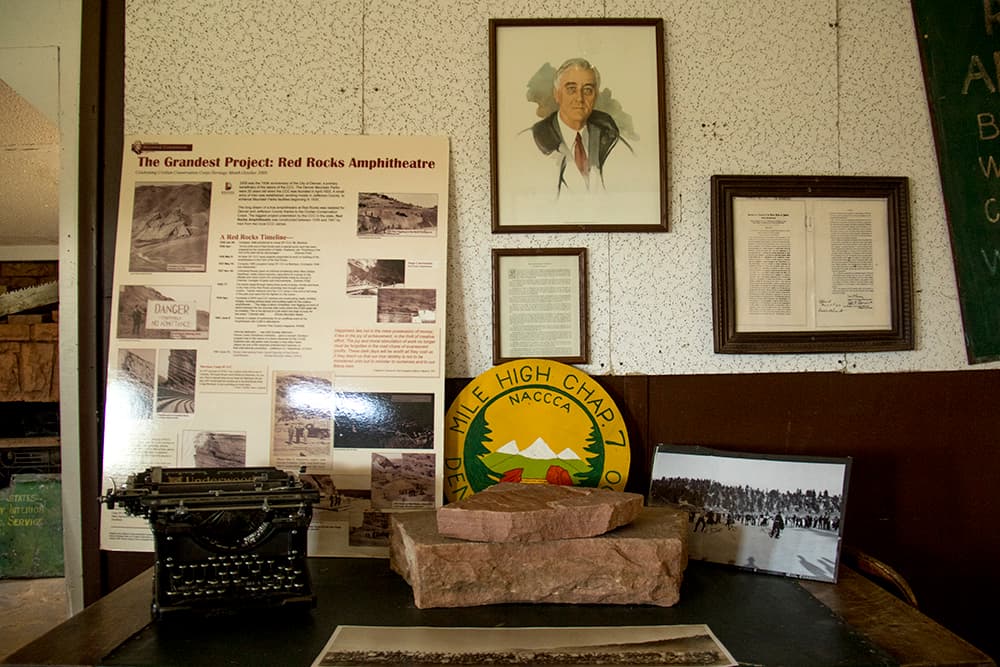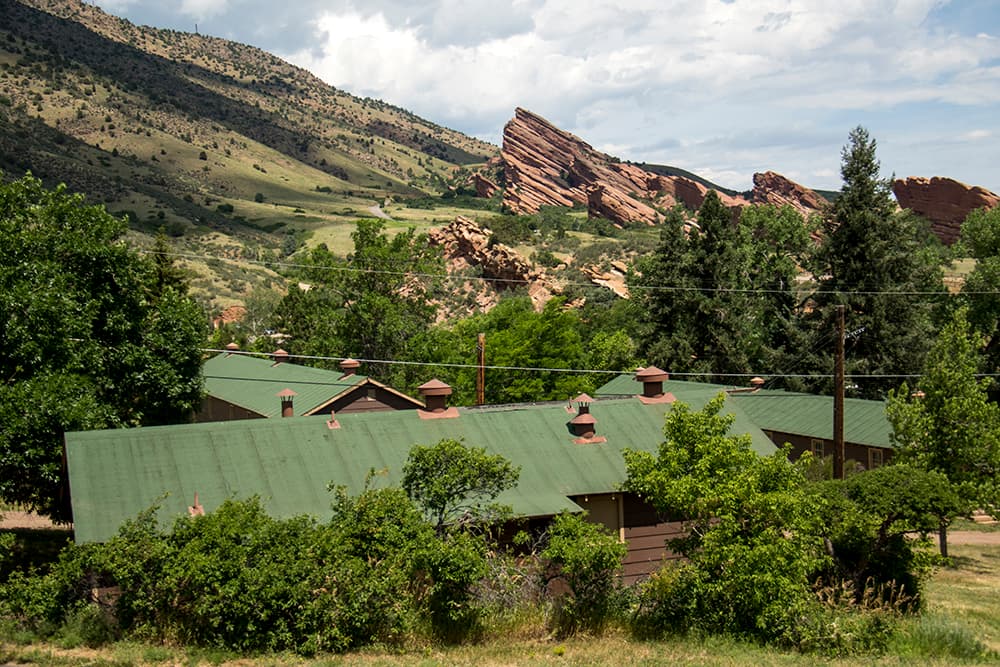
You can see Red Rocks from miles away -- but relatively few people have visited the historic buildings that stand in the woods near the base of the iconic amphitheater.
The Mount Morrison Civilian Conservation Corps Camp, aka Camp SP-13, was home to hundreds of men during the construction of Red Rocks and other parts of Denver's mountain parks system in the 1930s.
Now, with a vote on Monday night, the city is set to begin a rehabilitation project to turn the hidden-away camp into a public amenity. It starts this year with the $700,000 restoration of one of the main barracks buildings.
"This is the first phase in rehabilitating the entire CCC camp for adaptive use," said Townsend Anderson, chief executive of HistoriCorps, a nonprofit involved in the camp restoration. "That’s been an initiative of this particular mayor."
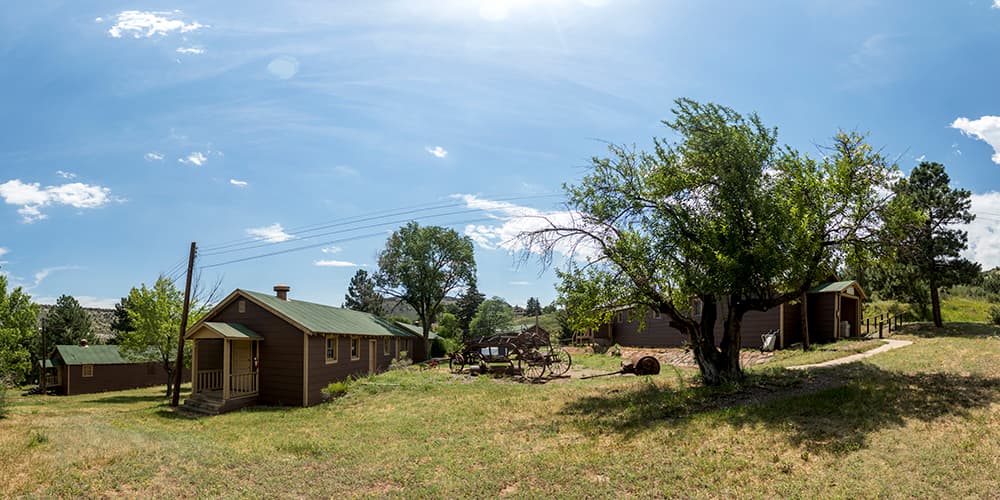
The camp is an artifact of the Great Depression.
While Red Rocks' natural amphitheater was a destination for tourists and musicians as early as 1906, the modern facility didn't start construction until 1936.
The Civilian Conservation Corps, a federal program meant to put people back to work, was crucial in building the camp.
The amphitheater went on to become an icon -- although, funnily enough, it was plagued in its early years by complaints about sound quality and the fact that performers were drenched whenever it rained. (Those problems were addressed beginning in the 1950s.)
The builders' camp, meanwhile, faded into obscurity. It's mostly used today by employees of Denver Mountain Parks, although it also has hosted reunions of CCC alums.
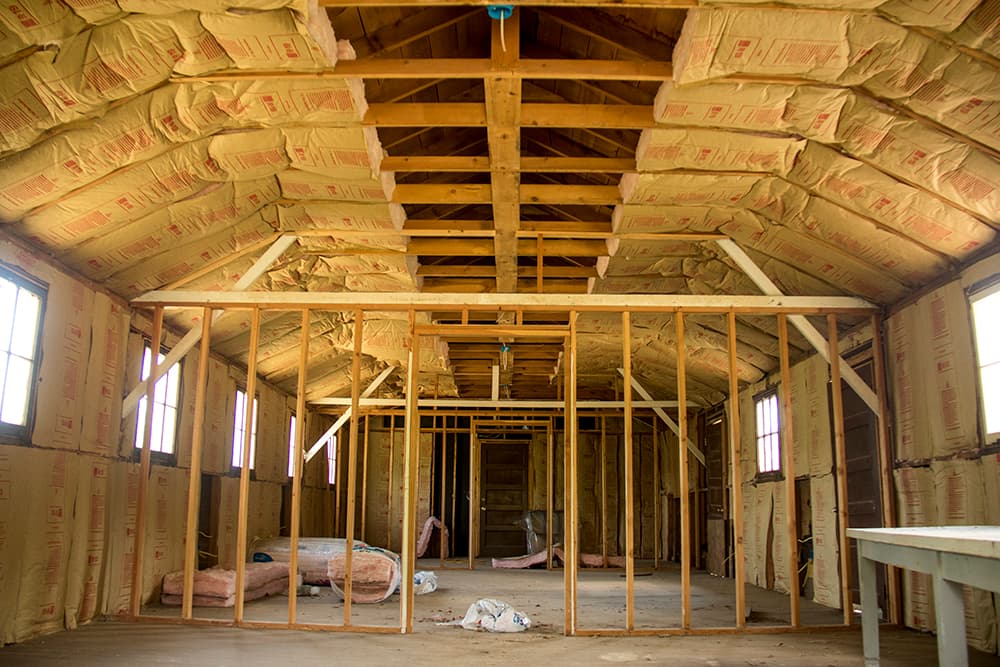
The rehabilitation starts with one building.
Known as Barrack Building 1, it's long and skinny, covered with a green roof and clapboard siding.
The city will pay about $700,000 to Centerre Construction to rehabilitate the building, carefully minding its original architecture and style while installing HVAC systems and other upgrades.
When it's done, it will become the new office of HistoriCorps, which currently operates out of central Denver. The group's mission is to teach volunteers new skills, especially masonry and carpentry -- and then it will use those volunteers to restore more buildings around Denver's mountain parks.
The group already is set to restore the O'Fallon Monument, a huge outdoor structure with four fireplaces, along with a few smaller buildings this summer. The O'Fallon structure will work as a fireplace when all is said and done, Anderson said.
Eventually, the city and HistoriCorps will look for private donors to support the rehabilitation of more buildings on the CCC campus, as well as the remnants of a second CCC camp in Genesee Park. It could cost roughly $5 million, as parks staff told us last year.
